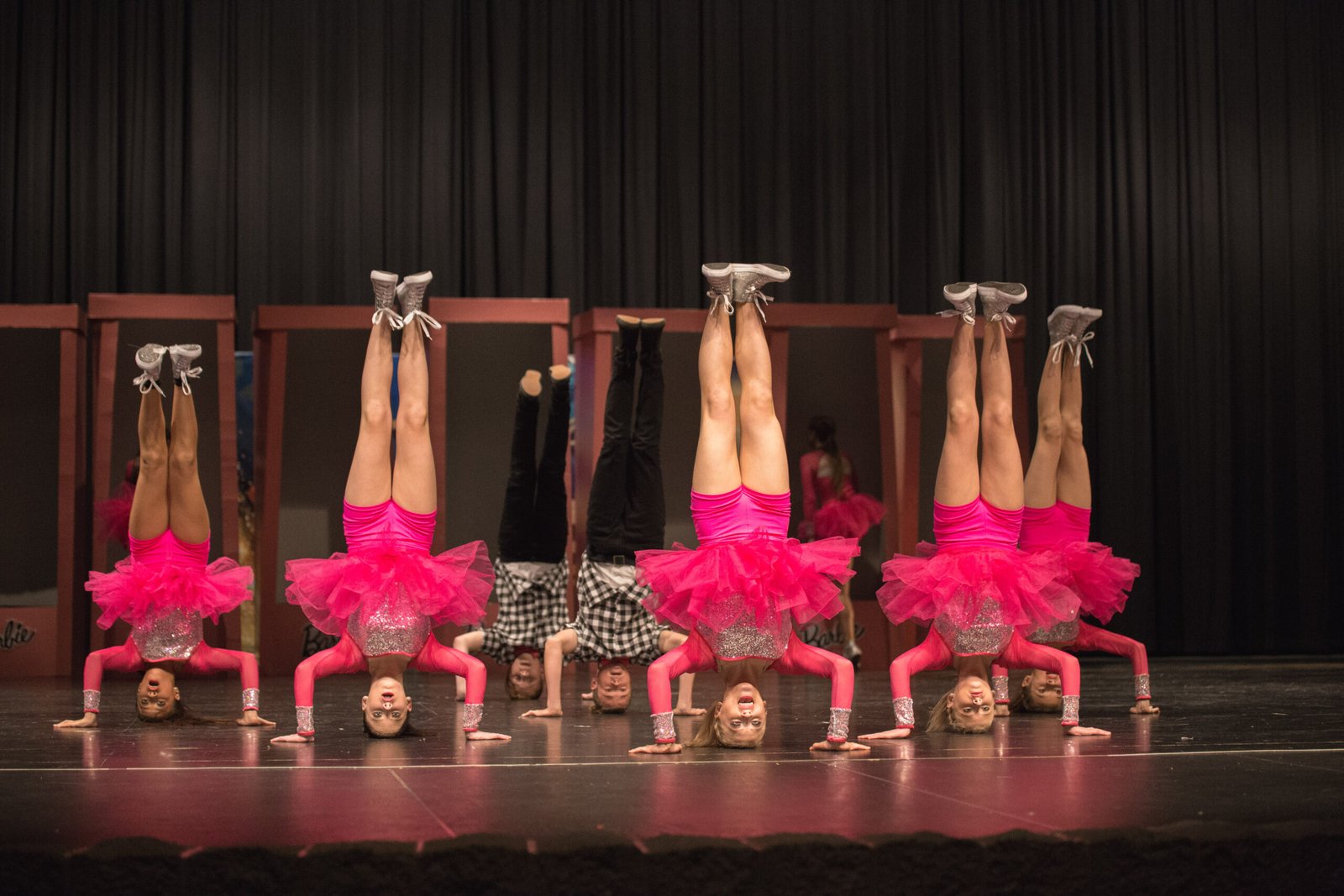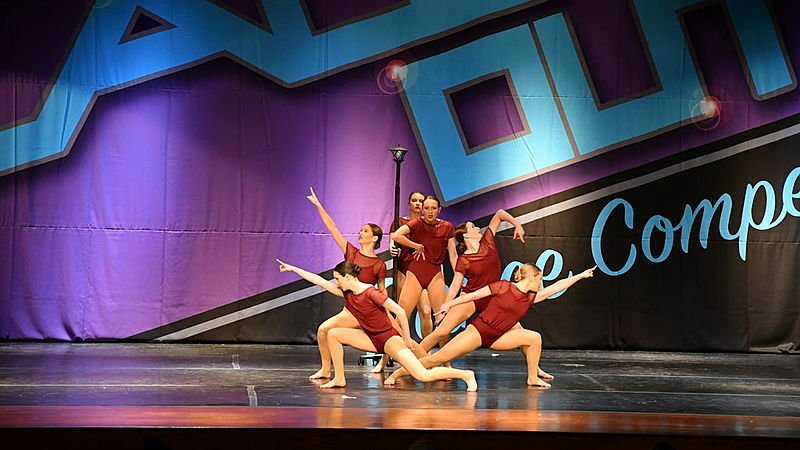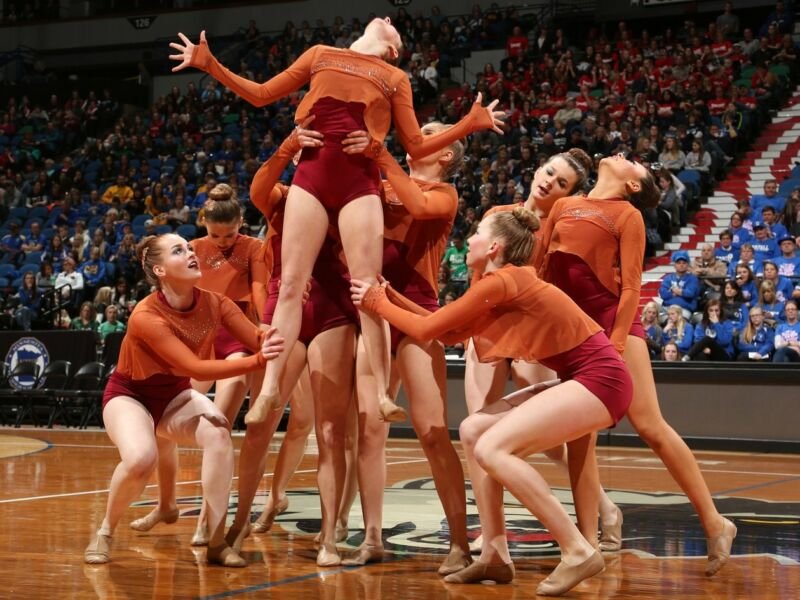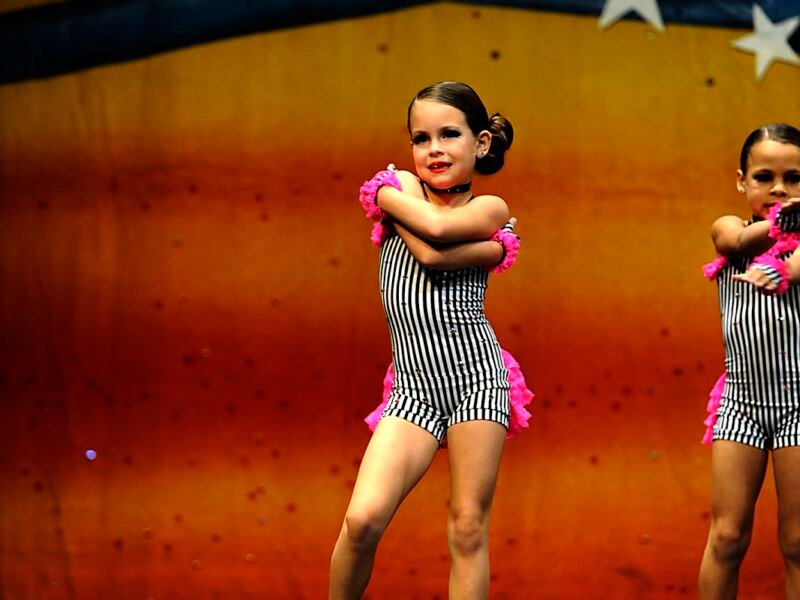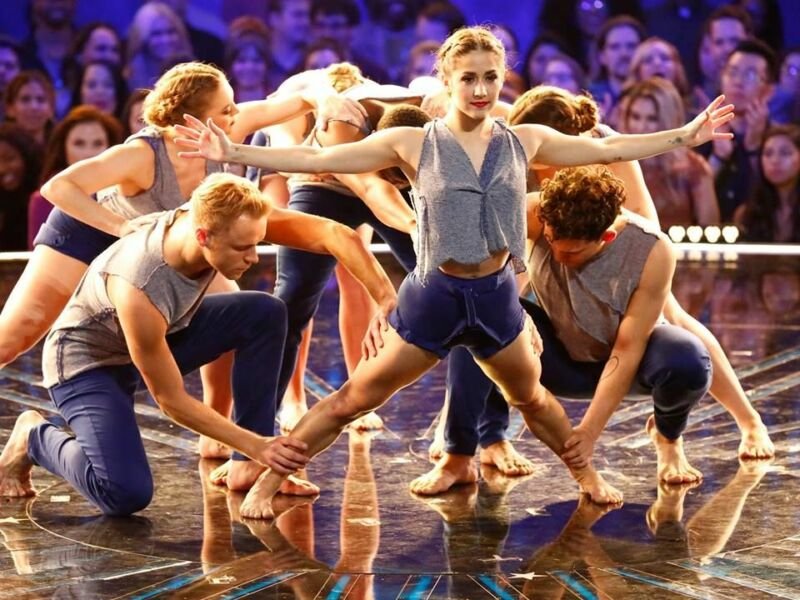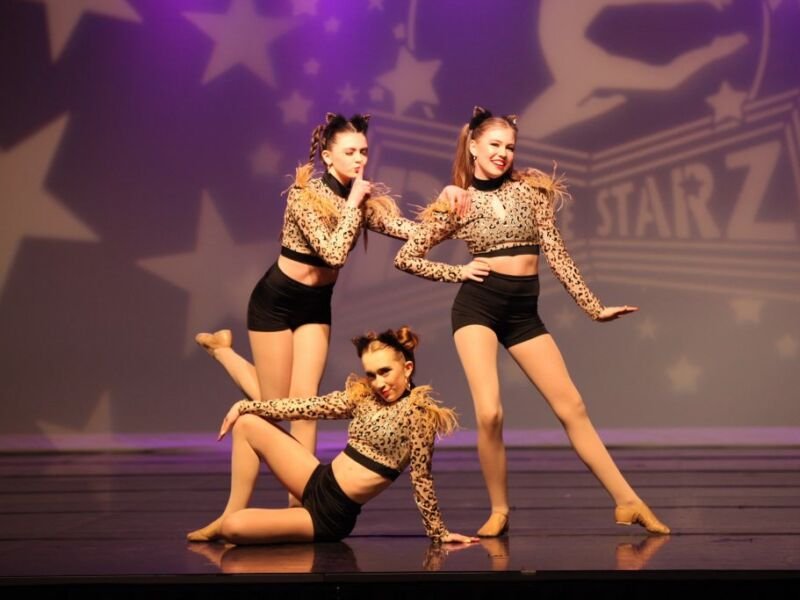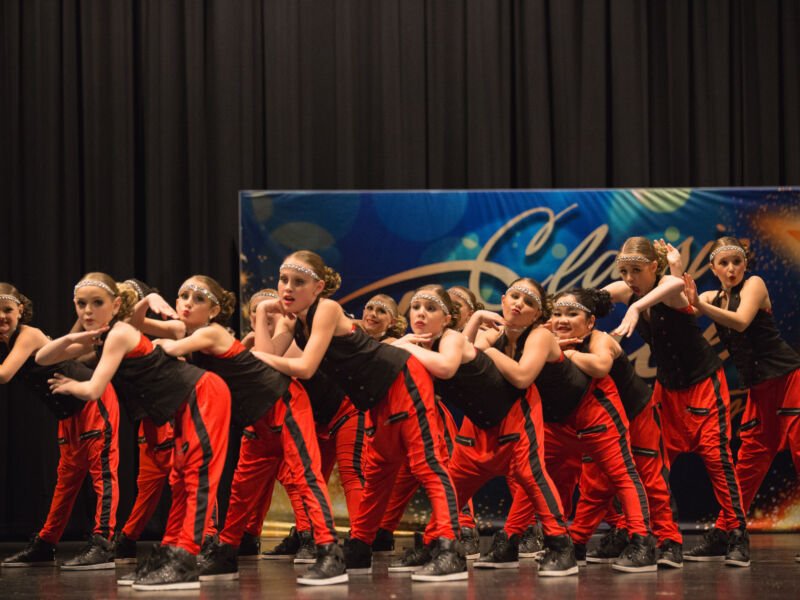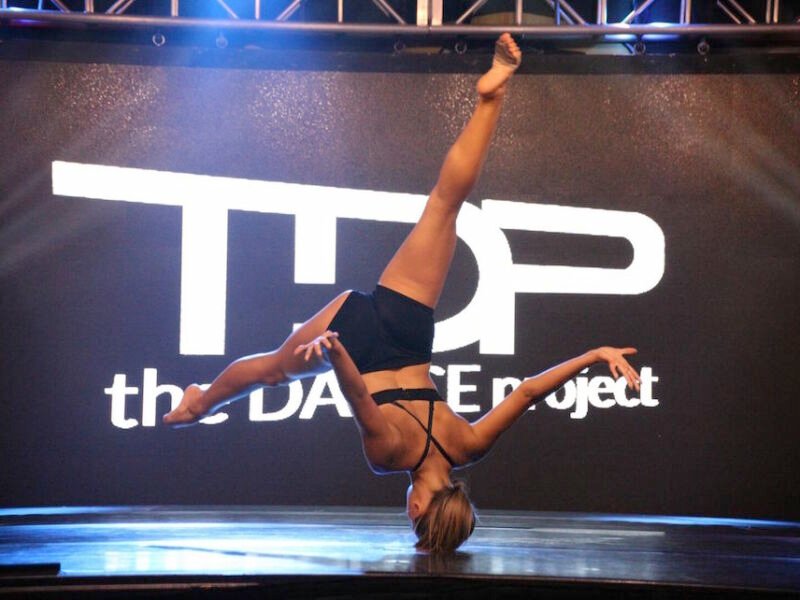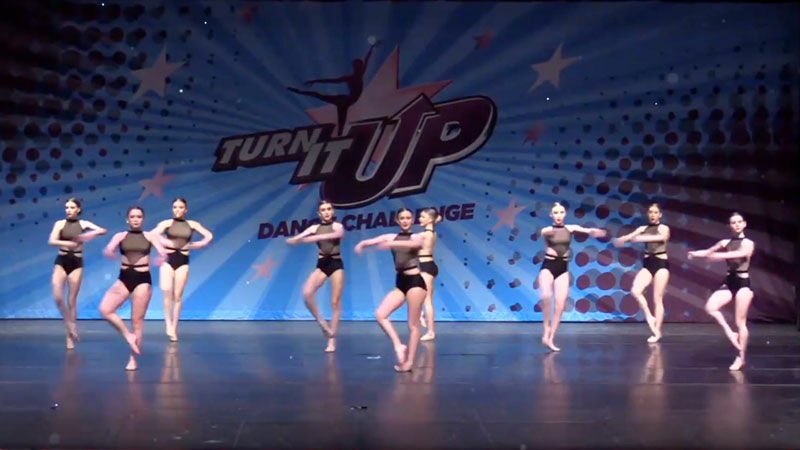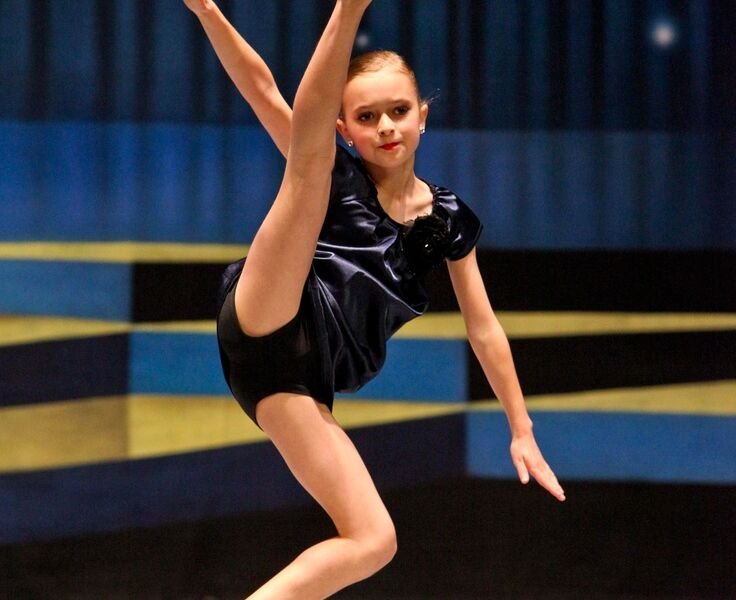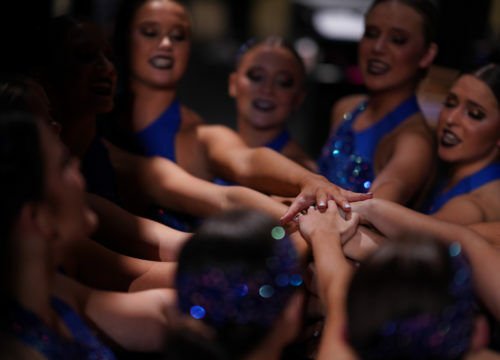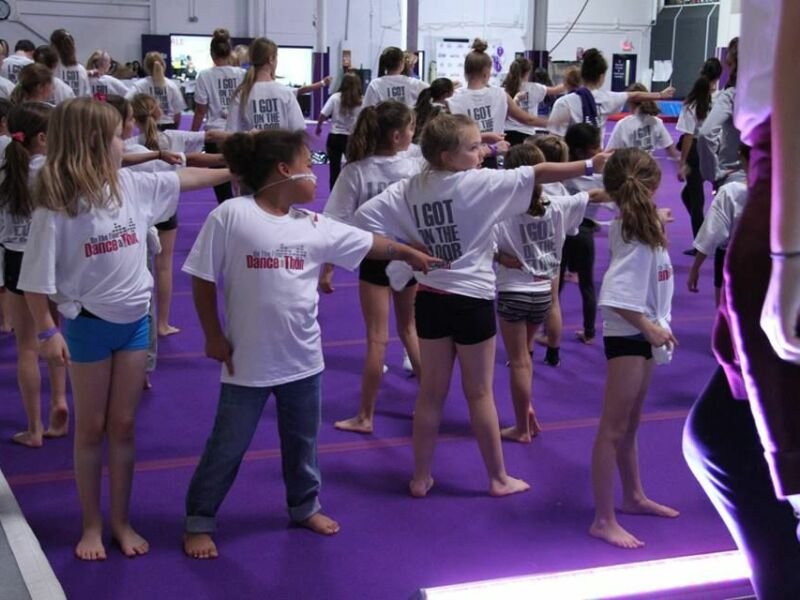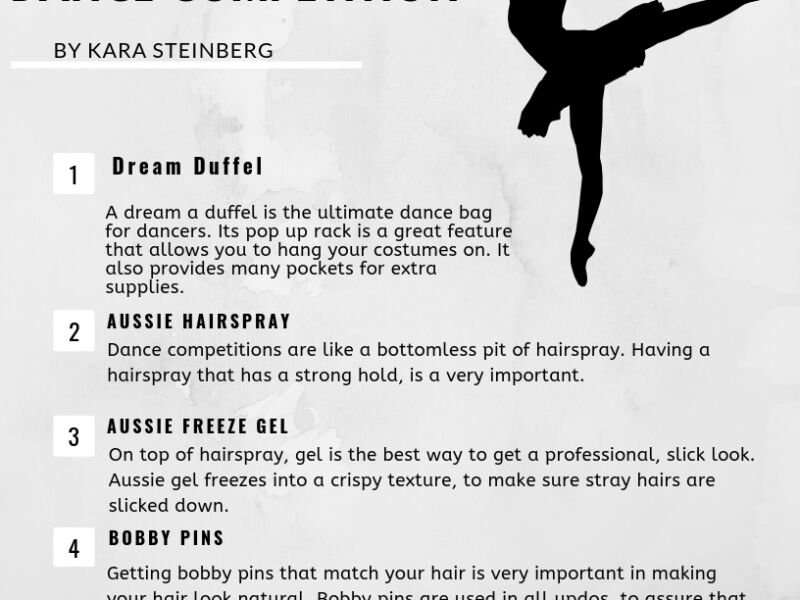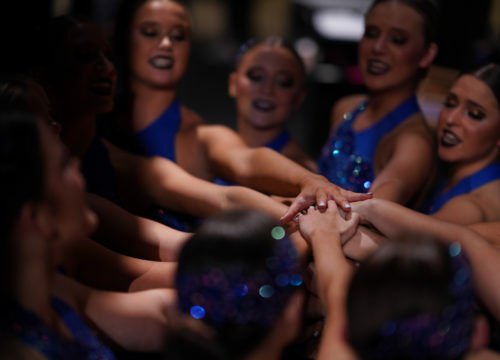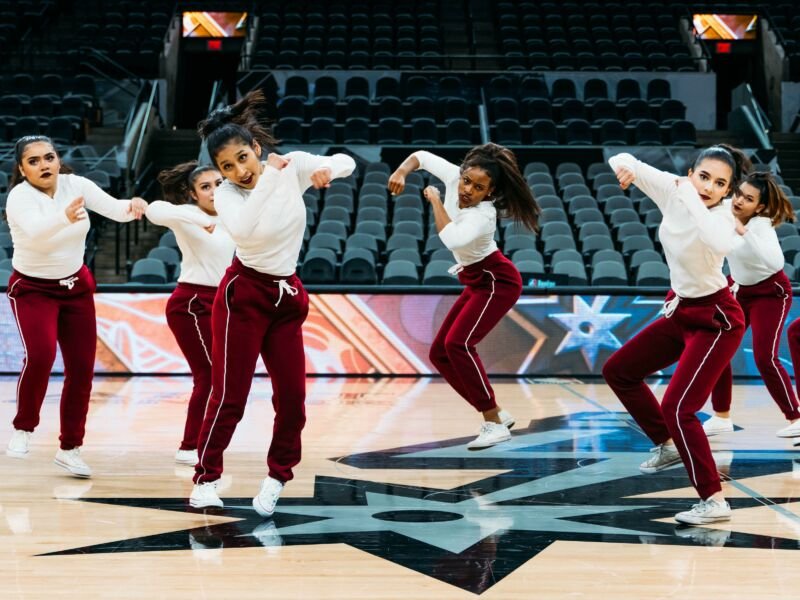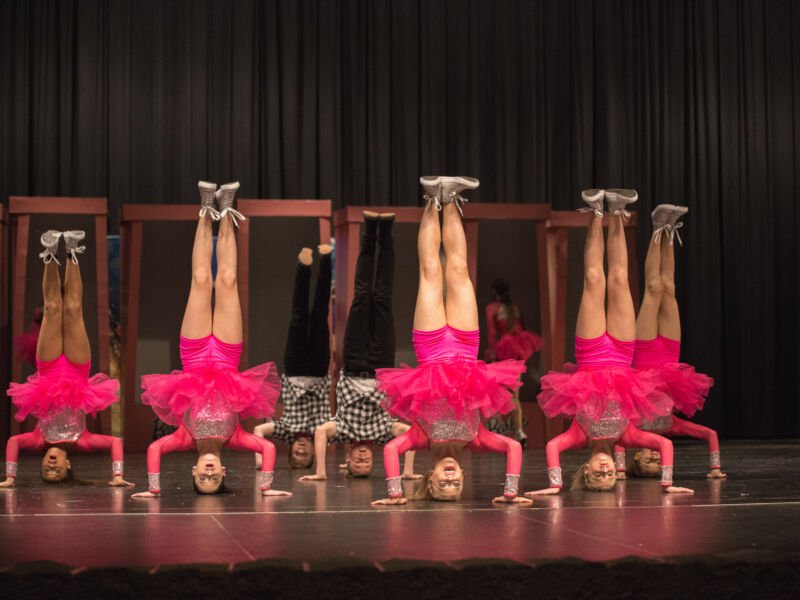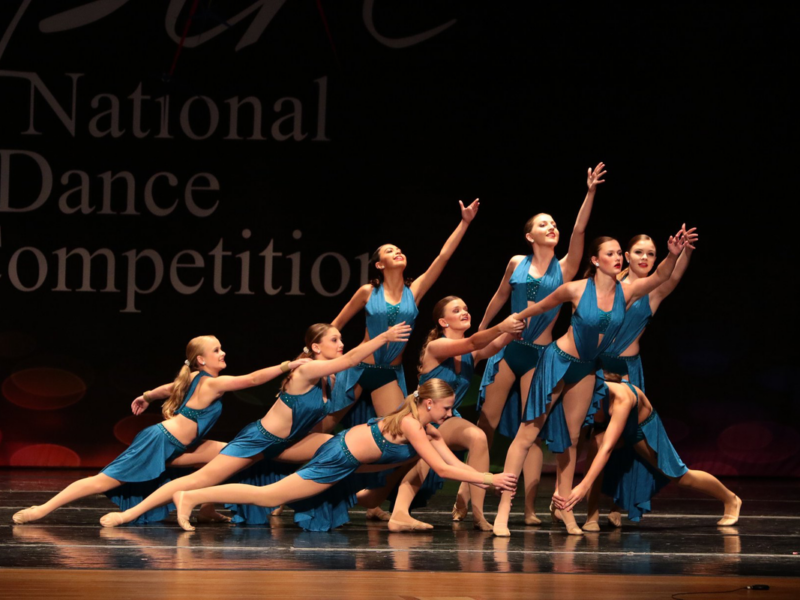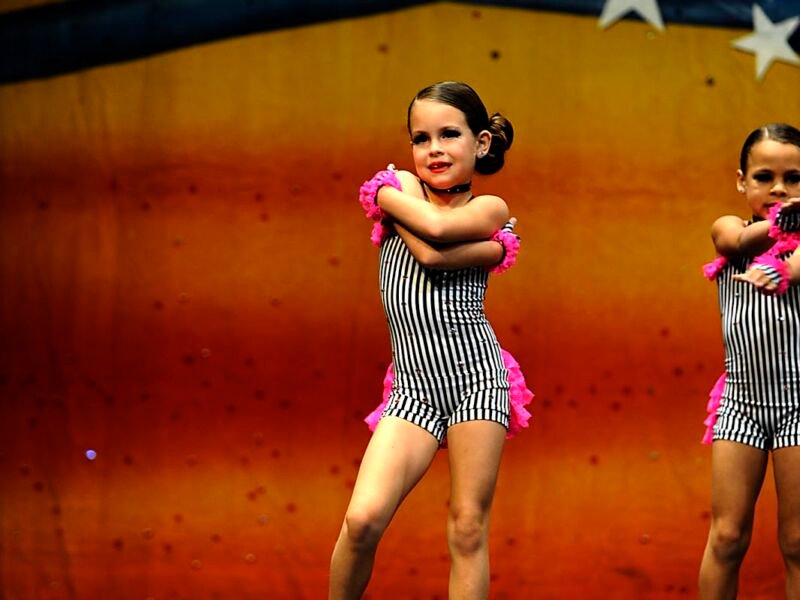
The Importance of a Winning Dance Competition Costume
Dance competitions are a great opportunity for dancers to showcase their skills, talent, and creativity. However, apart from the technical aspects of the performance, one crucial factor that can significantly impact the judges’ impressions is the costume. A well-designed and thoughtfully crafted dance competition costume has the potential to elevate your performance, captivate the audience, and leave a lasting impression on the judges. In this article, we will explore various angles and provide in-depth details on how to create a winning dance competition costume.
Understanding the Role of a Dance Competition Costume
A dance competition costume serves multiple purposes. Here are a few key roles it plays:
1. Enhancing Visual Appeal:
A visually stunning costume immediately grabs the attention of the audience and judges. It helps set the tone and creates a cohesive aesthetic with the choreography, music, and theme of the performance.

2. Reflecting the Dance Style:
The costume should align with the specific dance style being performed. Whether it’s ballet, jazz, contemporary, or hip-hop, the costume should visually represent and enhance the movements and overall feel of the dance.
3. Showcasing Individuality:
A well-designed costume can help dancers express their unique personalities and stand out amongst the competition. It should reflect the character, emotion, or story being portrayed through the dance routine.
4. Allowing Freedom of Movement:
While the costume should be visually appealing, it should also facilitate ease of movement and flexibility. It should not restrict the dancer’s range of motion or hinder their ability to perform challenging choreography.
Key Considerations for Creating a Winning Dance Competition Costume
1. Theme and Concept:
Start by understanding the theme or concept of your dance routine. The costume should align with this theme and enhance the overall storytelling and visual impact of the performance.

2. Color Palette and Fabrics:
Choose a color palette that complements the mood and style of the dance routine. Experiment with fabrics that not only look visually appealing but also allow for ease of movement and breathability.
3. Fit and Comfort:
A well-fitted costume is essential to ensure freedom of movement and comfort during the performance. Consider working with a professional costume designer to ensure the perfect fit.
4. Embellishments and Details:
Strategic use of embellishments such as rhinestones, sequins, feathers, or appliques can add depth, texture, and sparkle to the costume. However, it’s crucial to strike the right balance and avoid overdoing it.
5. Durability and Maintenance:
Ensure that the costume is constructed with durable materials and can withstand the rigors of multiple performances. Additionally, consider ease of cleaning and maintenance to keep the costume looking fresh and presentable throughout the competition season.
6. Collaboration with Costume Designers:
If you lack experience in costume design, it is highly recommended to collaborate with professional costume designers. They have the expertise to bring your vision to life while considering practicality, functionality, and visual impact.
7. Cost and Budget:
Creating a winning dance competition costume can be a significant investment. It is important to establish a realistic budget and explore cost-saving options without compromising the quality and effectiveness of the costume.
8. Relevance to the Choreography:
The costume should be closely tied to the choreography and movements of the routine. It should enhance the overall visual storytelling and effectively communicate the intended emotions or narrative.
9. Attention to Detail:
Pay attention to every aspect of the costume, including the hairstyle, makeup, accessories, and shoes. These details contribute to the overall presentation and impact of the performance.
Conclusion
A winning dance competition costume is a powerful tool that can elevate your performance and leave a lasting impression on judges and audiences. By considering the theme, style, fit, comfort, and attention to detail, you can create a costume that enhances your dance routine and showcases your unique artistic voice. Remember, collaborating with professional costume designers can provide valuable expertise and ensure your costume aligns with your vision and competition goals.
References:
- Sequins and Soul-Searching in the Competitive Dance World
- What Dance Competitions Really Mean To Dancers
- Dance Competitions Explained – Everything You Want To …
- How Do Dance Competitions Work? – QC Dance Studio
- Competitive Dance: The Physiological and Psychological …
- Dance Competitions : What You Need to Know
What are some tips for creating an attention-grabbing dance competition costume?
- Aligning the costume with the theme and concept of the dance routine.
- Choosing a color palette and fabrics that enhance the mood and style of the performance.
- Ensuring a perfect fit and comfort for ease of movement.
- Adding strategic embellishments and details to add visual interest.
- Considering the durability, maintenance, and cleaning of the costume.
